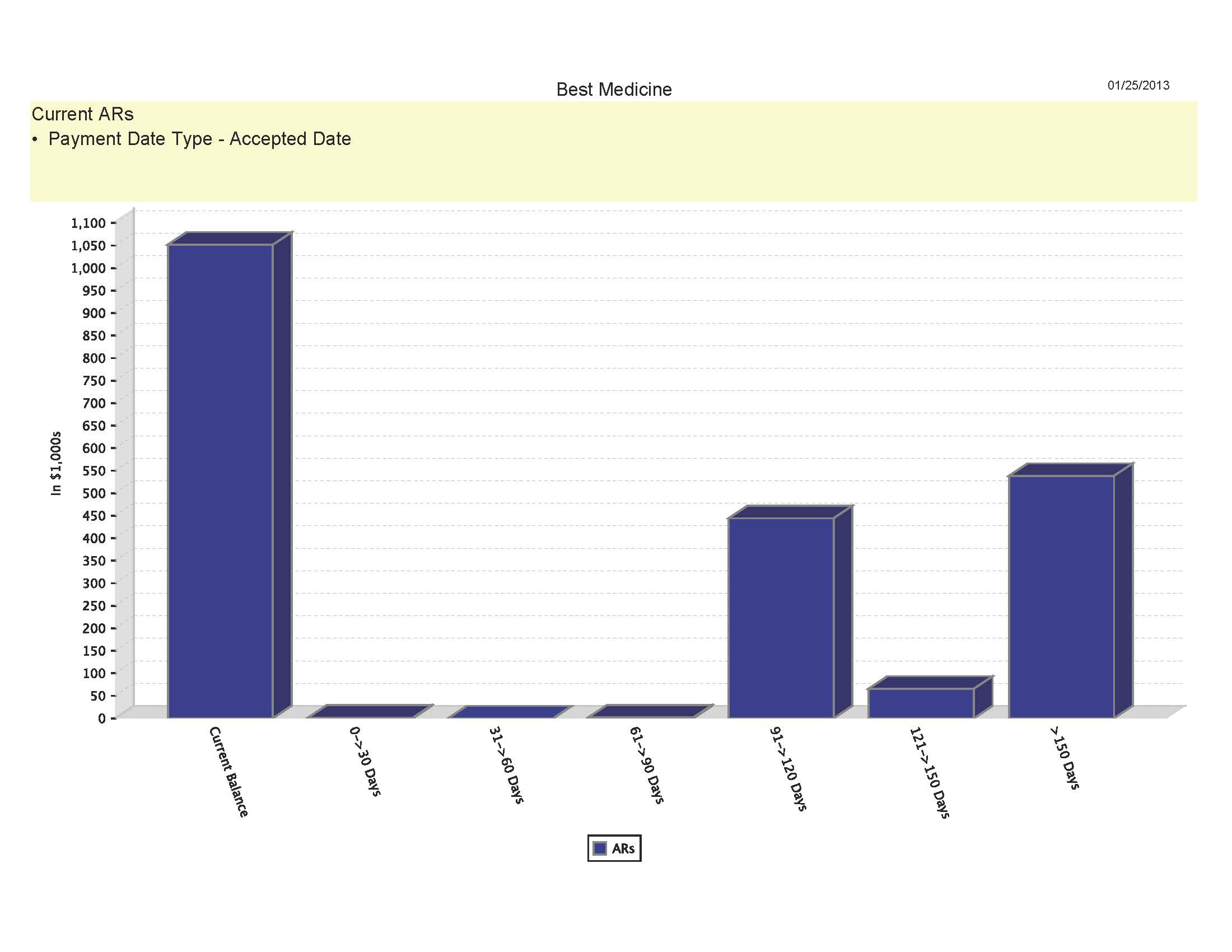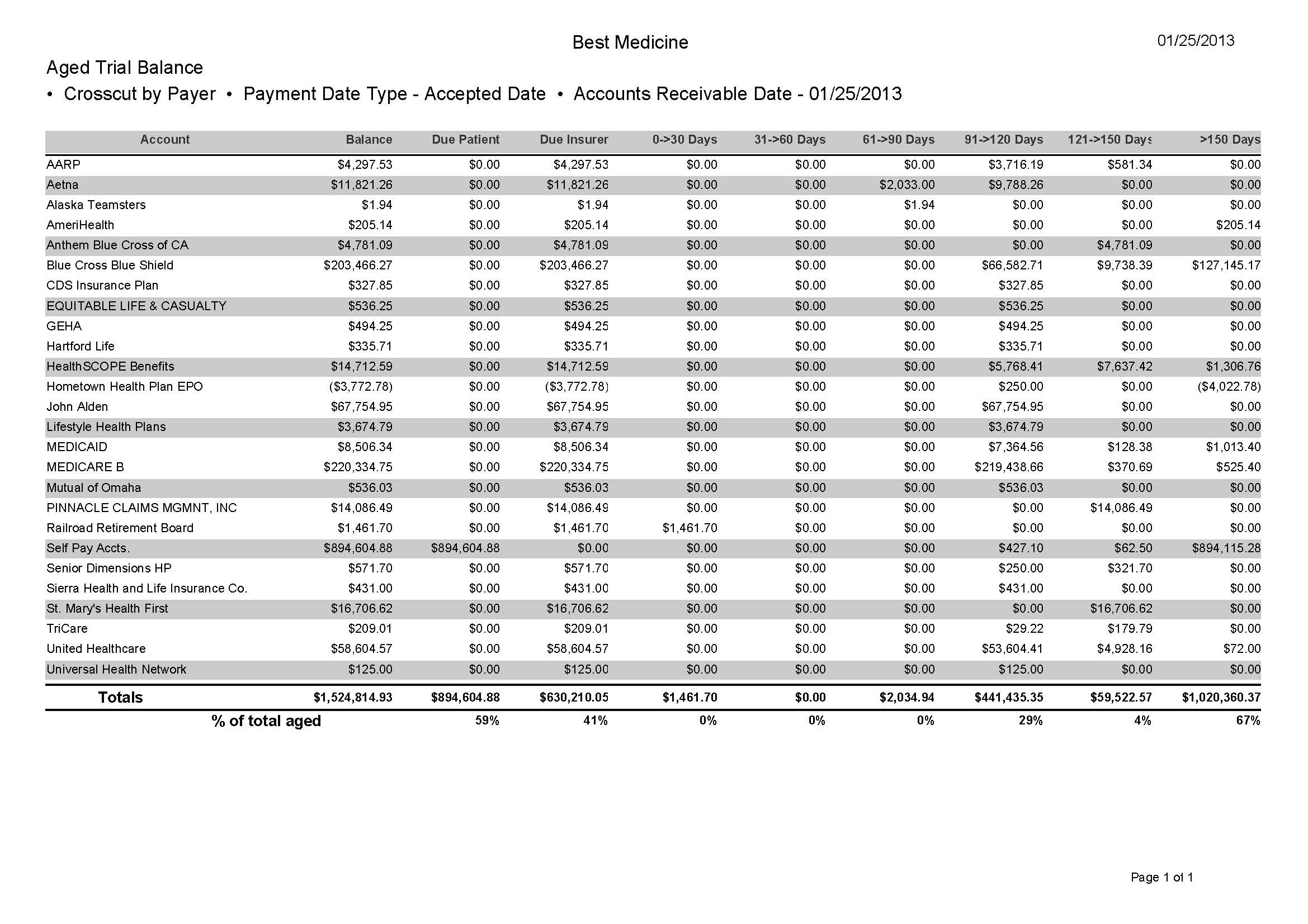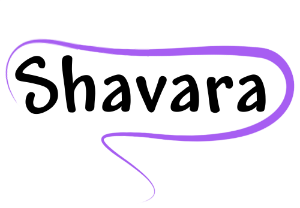A Medical Practice is a unique business in many ways, but it is still a business and must be treated as such. Checking the health of your practice is similar to checking the health of your patients. In this three part series, we will look at these Vital Signs, pulse, blood pressure and temperature, to help you assess the financial well-being of your medical practice.
Previously in Part 1, we discussed the pulse of your practice: reviewing new patient growth and referral sources. If you missed Part 1, please select this link: Check the Vital Signs of Your Medical Practice-Part 1
Following pulse, Part 2, examined blood pressure: trending patterns of procedures billed and verifying proper claims reimbursement. If you missed Part 2, please select this link: Check the Vital Signs of Your Medical Practice-Part 2
Our third and last vital sign is Temperature- 
What is the aging breakdown of your accounts receivable?
A basic Accounts Receivable report typically includes monies due in aging “buckets”:
Less than 30 days
31-60 days
61-90 days
91-120 days
121-150 days
Over 151 days
Ideally you want to see the largest percentage of receivables in the less than 30 days bucket with balances diminishing as you progress through the older buckets. The older the receivables get, the more difficult it is to collect from the payer. It can also snowball into an increasing amount of information to go through if not addressed in a timely fashion. It can become so overwhelming, office staff may not know where to start.

Do you have adequate procedures to ensure quick collection of monies due?
Your receivables in the 31-60 days category, when analyzed by payer, can indicate if most of the money is based on secondary payer balances. Due to the nature of processing turnaround time, it is not unusual to see secondary payer balances in this bucket and to some extent in 61-90 days also. If you notice a large amount of primary payer monies landing in the 31-60 days bucket, checking the claim status with the payer is advised. It could indicate the claim was not received by the payer and resubmittal is necessary in order to avoid those timely filing issues. If you wait until they hit 61-90 days or more, it could be too late. Claim denials should also be addressed frequently; if not daily as received by the payer, but at least monthly during the accounts receivable analysis. Payers also have timely filing limits for appeals that are usually only 60 -180 days after the date of the EOB. The quicker the appeal is sent, the quicker you may receive your reimbursement.

These two reports are just a small sampling of the extensive selection of practice management reporting options built into the Report Center module of Iridium Suite Medical Billing Software.
Now that we have completed a review of the medical practice vital signs, adhere to the same recommendations you give to your patients. Follow through with regular check-ups to maintain your practice health. A medical practice management software like Iridium Suite has built in report scheduling to assist you in keeping that close eye on the pulse, blood pressure and temperature of your medical practice.



